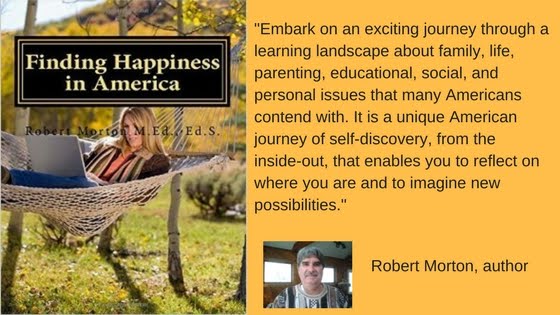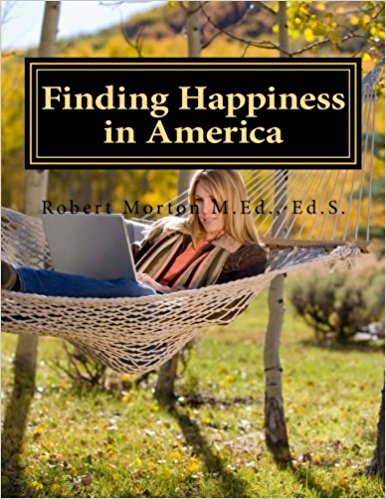The geographical and philosophical roots of America's 5,000 Montessori schools originated in eastern Italy in 1870, when Maria Montessori was born. She grew up as an only child and proved to be a willful and intelligent young girl who defied society's subjugation of women at the time. At age 12, she insisted on attending a boy's technical math and science school. Not surprisingly, her powerful character empowered her to go against all odds and she graduated from the University of Rome to become the first woman medical doctor.
The Montessori methods and Montessori educational tools used today emerged from her scientific observations of mentally slow and poverty-stricken children at a care center in the San Lorenzo slums of Rome. She learned much from studying these children and engineered a nurturing environment enhanced with developmentally appropriate, specialized materials.
Here are four guiding principles which are distinctive to the Montessori way and which make Montessori education so child-friendly and unique:
Principle No. 1: Emphasize on the Process of learning, not the Product- "Education should no longer be mostly imparting knowledge, but must take a new path, seeking the release of human potentialities." Children possess an intrinsic love to learn, to become lifelong learners. Focusing on the product of learning like a high-stakes proficiency test or semester exam will stifle a child's spontaneous and natural urge to learn.
Dr Montessori would eschew today's practice of "teaching to the test," where the curriculum becomes a mile wide and inch deep experience. Instead, Montessori education spotlights the process of learning, rewarding a child's day-to-day efforts and improvements, no matter how small. Learning occurs in a supportive atmosphere of problem-solving, critical thinking, experiential learning, and ultimately, self-discovery.
 Principle No. 2: Self-directed learning and self-discovery can happen in a "Prepared Environment" where the classroom, materials, and social climate are supportive. Maria Montessori once stated, "These words reveal the child's inner self: 'Help me do it alone'." Children are respected and permitted to work alone or in small groups at their own pace with materials they select from a menu of options.
Principle No. 2: Self-directed learning and self-discovery can happen in a "Prepared Environment" where the classroom, materials, and social climate are supportive. Maria Montessori once stated, "These words reveal the child's inner self: 'Help me do it alone'." Children are respected and permitted to work alone or in small groups at their own pace with materials they select from a menu of options. This freedom of choice is far from permitting children to "do their own thing," since it operates within a set of age-appropriate ground rules based on Dr Montessori beliefs, such as respect for each other and for the learning environment.
Principle No. 3: The teacher is a facilitator who inspires development of the "whole child"- physically, socially, emotionally, spiritually, and intellectually. Dr Montessori remarked decades ago, "We must observe the needs of a child...and respond to them with meaningful learning experiences." That's why Montessori teachers are fully trained to anticipate, recognize and respond to "sensitive periods" where children make great intuitive leaps and certain types of learning undergo a sudden surge in eagerness and intensity. The teacher "strikes while the iron is hot," directing the children toward materials that fulfill their developmental needs.
Learning is based on individual developmental characteristics and needs, not on chronological age. The Montessori way respects the child as a unique person with an individual pattern and timing of growth and concedes that each child carries his own internal, developmental alarm clock. Different levels of ability, development and learning styles are expected, accepted, and used to design the curriculum.
Children in multi-age and multi-grade Montessori classrooms move at their own pace. It would be foolish to establish a set age or grade cut-off date for a child to ride a bike. Likewise, Montessori classrooms do not dictate that all children automatically learn how to read simply because they've made 6 orbits around the sun. Some read by age 7, others may need more exposure to Montessori literacy experiences to learn to read by age 8 or 9.
The teachers receive extensive training, personalized for each of four distinct age spans: infant and toddler, 3-6, 6-9, and 9-12. Children journey through these four developmental age periods in an orderly, sequential and predictable manner - but at varying rates. Montessori teachers are sensitized to the fact that kids learn best when the time is ripe- not school time, but their own. They always listen for a child's inner clock to chime.
Principle No. 4: Dr Montessori sensed that ingenious developmental materials play a critical role in guiding children through each "sensitive period" and in sustaining a gratifying learning environment. I'll never forget witnessing a multi-handicapped child mainstreamed into a regular public school kindergarten enhance her visual-motor and self-care skills, thanks to the Montessori Dressing Frames. The child's fleeting attention span transformed into intense, sustained concentration as she experimented with snapping buckles, fastening large buttons, tying shoe laces, closing up zippers, and bow-tying.
Dr Montessori, as physician and educator, learned the kind of things that aroused children's natural curiosity and which they faithfully went back to.
The resources in a Montessori classroom are unique in that they are multi-sensory, sequentially increase in complexity, and are self-correcting. These characteristics smooth the process of learning from the concrete world of touch to understanding abstract ideas. For example, a young child eagerly playing with Montessori Golden Beads, the Hundred Board, Stamp Game, Spindle Box, and solid wooden rods divided into units by color and length, intuitively builds a solid foundation critical to comprehending higher level math concepts. The play is fun, but not random.
The carefully sequenced activities build upon one another and learning advances naturally from the known to the unknown as the child grasps the concepts of number relationships, money, time, weights and measurements, and ultimately algebraic equations.
These four guiding principles, discovered by Maria Montessori over a century ago, realize that the ability for a child to learn is enhanced by the development of activities and stimuli (materials) which fully utilize the present state of his receptive mechanism. Today, the Montessori way continues to capitalize on the physiological and psychological readiness of each child. The ultimate goal is to never lose a child's freshness, curiosity and willingness to explore and experiment.
Robert Morton, M.Ed., Ed.S. has retired from his positions of School Psychologist and adjunct professor in the School of Leadership & Policy Studies at Bowling Green State Univeristy. A portion of Ad sale revenue from this site is donated to Big Brothers/Big Sisters of America. Questions? Comment? Concerns about family, parenting, educational or personal concerns? Contact him on the secure Bpath Mail Form.




